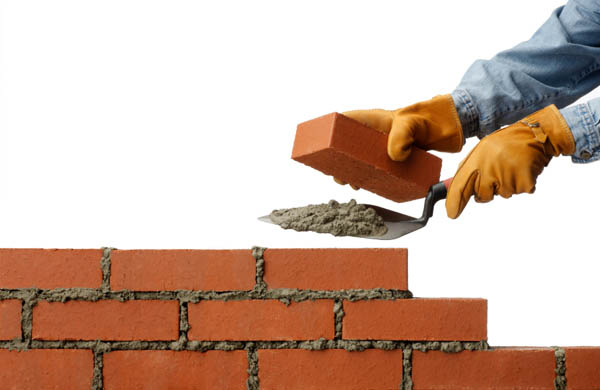Whether you’re doing it on your own or having a team of workers at your disposal, building your very own house is definitely an exciting venture. The prospect of having your own home free from monthly rental fees and strict strata rules is enough to make anyone ecstatic.
And the excitement only increases day after day as the house gains its structure and looks more and more like what you’ve always pictured in your mind. But like every worthy undertaking, building a house takes time, and if there are plenty of people and resources involved it may take longer to finish than anticipated.
Building your house doesn’t have to take as long as it should though, as long as you apply a few time-saving steps. Some of these steps may not be entirely applicable for everyone and for all situations, but they will certainly help hasten your home’s construction process.

1. Have a fixed construction schedule
As with any major project, a schedule must be created and followed, and this is so for several reasons. Scheduling organises construction activities, so you and your construction team will know exactly what happens next, and to check if all the activities are necessary and in order.
Scheduling also matches the equipment, materials and workers with the tasks where these are necessary, so delays caused by materials or equipment not arriving on time can be avoided.
2. Use materials that need lesser processes
This may not be possible or negotiable for most. But if you’re open to other options when it comes to the material being used for your house, and your surrounding environment and climate conditions are quite forgiving to various types of materials, then why not opt for materials that require lesser time and effort?
Some materials save you more time than others, having been pre-treated in some way to skip certain time-consuming construction processes. Others require a lot more effort and time. For instance, working with concrete is very labour intensive and time consuming, as it requires mixing, applying, setting, finishing and curing.
3. Use locally sourced materials
Door frames imported from France and tiles imported from Italy may give your home a luxurious feel, but they probably won’t get your house finished sooner. To save time, it’s best to just use locally sourced materials. They’re easy to access and transport and they’re sure to arrive faster than any imported material.
And if you should need more material, getting more locally is easier and more convenient than flying all the way to France or Italy. You also support your local economy this way.
4. Plan properly and completely
Plans help avoid delays and unexpected problems, so as much as possible be very detailed and comprehensive when you plan for your house. Proper planning will ensure that no stops will happen during construction due to lacking materials or equipment; last minute additions and changes to the design; and even uncooperative weather conditions.
5. Get a kit home
If time is of the essence and constructing your own house just takes up too much time, why not opt for modular homes instead? Modular homes or kit homes are ready-made homes that can be delivered straight to your lot and lived in as soon as you want. They are also known as relocatable homes/ transportable homes since they can easily be moved and relocated.
Kit homes can be customised according to your needs and can be done in as short as 10 weeks. They’re built faster since they are built within factories away from common construction distractions like vandals and bad weather conditions. They also cost much less than a typical house and are environmentally-friendly since they require little energy to assemble.
So if you just can’t wait until your new house is built, remember that you don’t have to – as long as you take note of these five tips.

